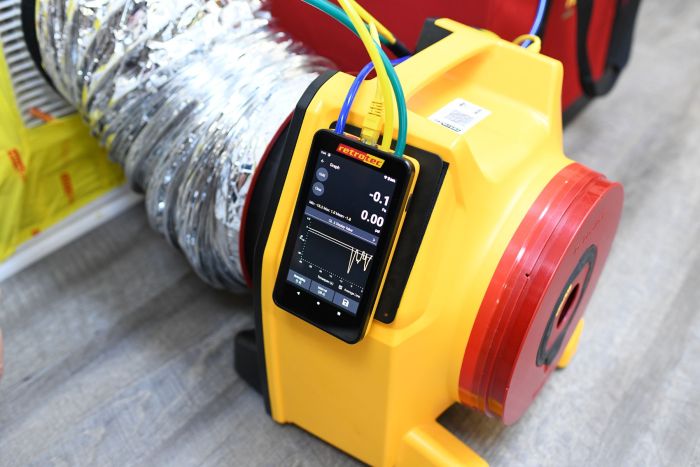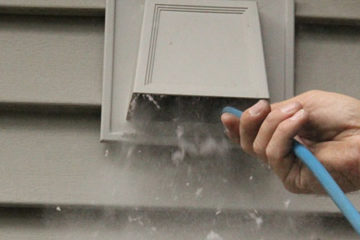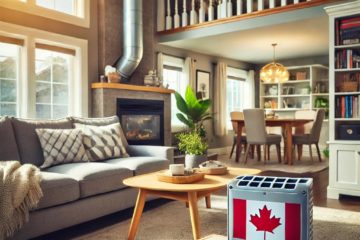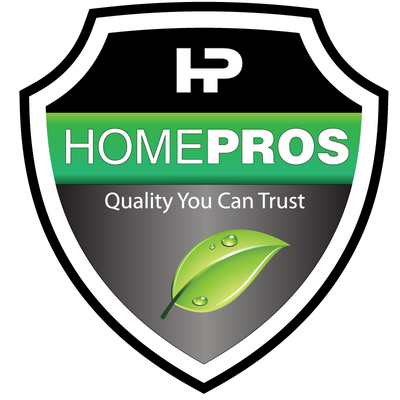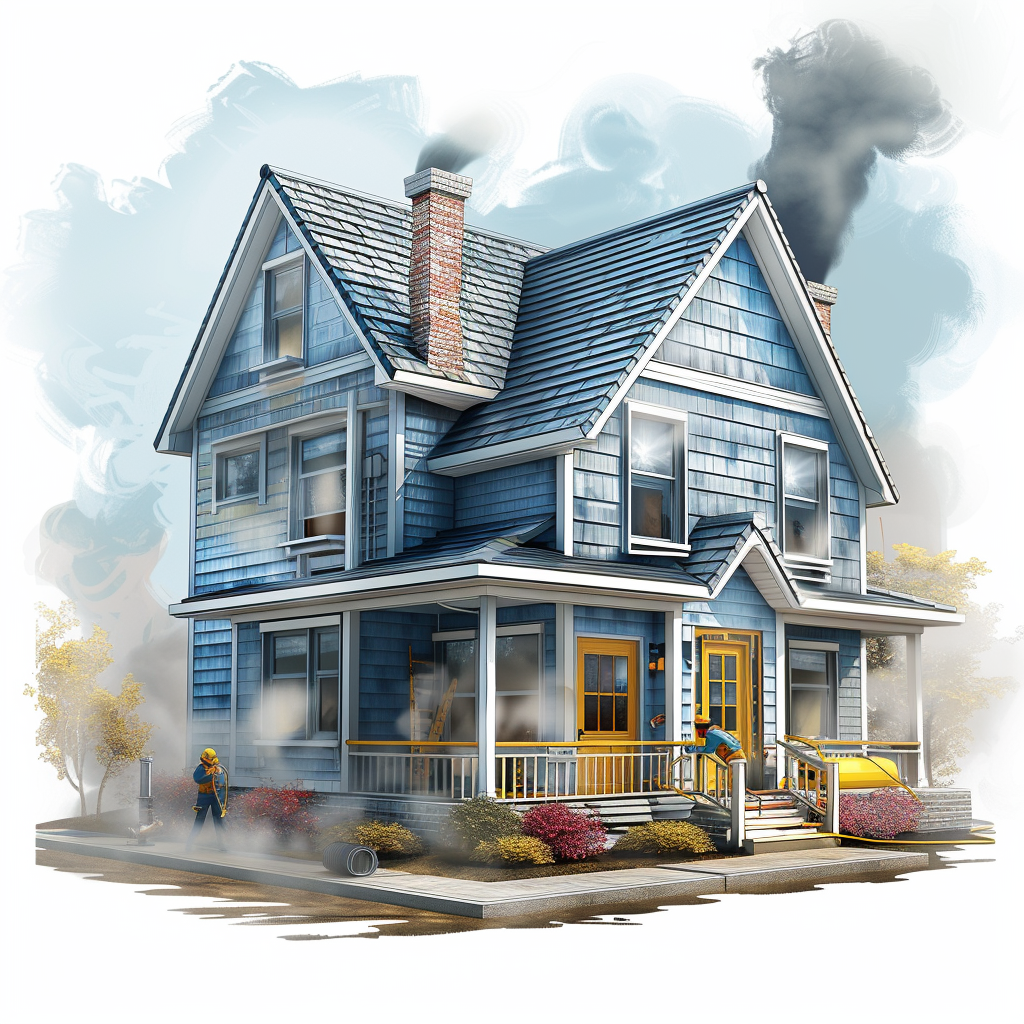
Older homes often struggle with energy efficiency, leading to high utility bills, uncomfortable indoor temperatures, and poor air quality. However, with a professional home energy efficiency test, you can identify problem areas and take steps to improve your home’s performance. Our comprehensive service uses advanced tools like a blower door, thermal imager, and smoke machine to detect air leaks and insulation gaps. Let’s explore how this service works, what improvements it can bring, the cost involved, and the potential annual savings.
Why Test the Energy Efficiency of Older Homes?
Older homes often face energy efficiency challenges due to outdated construction methods, aging materials, and years of wear and tear. Common problems include:
- Air Leaks: Gaps around windows, doors, and foundations allow conditioned air to escape and unconditioned air to enter.
- Poor Insulation: Insufficient or deteriorated insulation leads to heat loss in the winter and heat gain in the summer.
- Leaky Ducts: Unsealed or damaged ducts reduce the efficiency of heating and cooling systems.
Testing the energy efficiency of your older home helps pinpoint these issues, offering a clear roadmap for targeted improvements.
How Our Home Energy Efficiency Testing Works
We use a range of advanced diagnostic tools to assess your home’s energy efficiency comprehensively:
- Blower Door Test: We begin with a blower door test to measure how much air leaks in and out of your home. This test creates a pressure difference, simulating the effect of a 20 mph wind. The lower the ACH50 (Air Changes per Hour at 50 Pascals) value, the more airtight and energy-efficient your home is.
- Thermal Imaging: Next, we use a thermal imager to scan your home for areas of heat loss or gain. The camera identifies hot and cold spots, revealing where insulation is missing or inadequate.
- Smoke Machine: To visualize air leaks, we use a smoke machine. As smoke escapes through cracks and gaps, it helps us pinpoint the exact locations of air infiltration that need sealing.
- Duct Leakage Testing: We assess your ductwork for leaks, which can significantly impact heating and cooling efficiency. A duct leakage test ensures that your ducts are properly sealed and insulated.
- Visual Inspection and Diagnostics: Our team conducts a thorough visual inspection, checking windows, doors, attic spaces, and other common problem areas. We also use tools like moisture meters to detect hidden dampness that can affect insulation performance.
Recommended Services to Improve Energy Efficiency
After identifying problem areas, we recommend targeted services to enhance your home’s energy efficiency:
- Air Sealing: We seal gaps around windows, doors, and other openings using weatherstripping, caulking, and expanding foam to reduce air leakage.
- Upgrading Insulation: We add or replace insulation in attics, walls, and basements to prevent heat loss and maintain comfortable temperatures year-round.
- Duct Sealing and Insulation: We seal and insulate ducts to ensure efficient airflow throughout your home, maximizing the performance of your heating and cooling systems.
- Window and Door Upgrades: We suggest replacing old, drafty windows and doors with energy-efficient models that have better insulation properties.
- Ventilation Improvements: To ensure good indoor air quality, we recommend upgrading ventilation systems, especially if the home has inadequate ventilation or moisture issues.
Cost of the Home Energy Efficiency Testing Service
Our comprehensive home energy efficiency testing service for older homes costs approximately $400 to $600, depending on the size of the home and its complexity. This fee includes the blower door test, thermal imaging, smoke detection, duct leakage testing, and a full diagnostic report with recommendations.
Estimated Annual Savings from Energy Efficiency Improvements
After implementing our recommended improvements, homeowners typically experience significant savings:
- Reduced Energy Bills: Most homeowners save between 10% to 30% on their annual energy costs, depending on the extent of the improvements.
- Improved Comfort: Enjoy a more stable indoor temperature, reduced drafts, and better overall comfort throughout the year.
- Higher Property Value: Energy-efficient homes often have higher resale values due to their lower operating costs and increased comfort.
For example, if you spend $2,000 annually on heating and cooling, a 20% reduction in energy use can save you $400 each year. Over 10 years, this totals $4,000 in savings—potentially much more if energy costs rise.
Conclusion
Testing the energy efficiency of your older home and addressing problem areas can lead to significant cost savings, improved comfort, and a reduced environmental footprint. With our advanced tools and comprehensive approach, we identify exactly where your home loses energy and provide actionable recommendations to enhance its efficiency. Don’t let your older home drain your wallet—schedule an energy efficiency test today and start enjoying a more comfortable, cost-effective living space.
